Microsoft licensing is the set of rules and agreements that define how Microsoft software can be used within companies. In this article, we explain the types of licensing, how to choose the best option, and the benefits of maintaining compliance. Understand the main Microsoft licensing models, learn how to reduce costs and legal risks with proper management, and discover best practices for optimizing the use of Microsoft software.
What is Microsoft Licensing?
Microsoft licensing is one of the most important pillars for companies and users who use Microsoft software. It guarantees the legal, safe, and efficient use of products, ensuring compliance with corporate policies and intellectual property laws. Therefore, with the advancement of cloud computing and the growth of remote work, understanding the different licensing models has become essential to optimize costs, improve security, and ensure official Microsoft technical support.
Microsoft licensing is the set of rules that defines how Microsoft software and solutions can be legally purchased, installed, and used in companies and organizations. It ensures compliance, avoids fines, and allows you to choose the most appropriate model for your needs.
Why Licensing is Important
In short, Microsoft licensing is the process by which a company grants users or organizations the right to use its software legally and authorizedly. Thus, it doesn't refer to the purchase of the software itself, but rather the right to use it according to the terms and conditions established by Microsoft.
In other words, it does not mean purchasing the software itself, but rather the right to use it, according to the terms and conditions defined by Microsoft.
In other words, without a valid license, using the software is considered illegal and can result in severe fines and penalties. On the other hand, irregular licenses do not receive security updates, which significantly increases exposure to cyberthreats and data loss.
Therefore, investing in adequate licensing is a strategic and protective decision.
How the Microsoft Licensing Model Works
Microsoft adopts different licensing models, depending on the product type and customer profile. The main formats include:
- OEM Licenses (Original Equipment Manufacturer): pre-installed on new computers.
- FPP Licenses (Full Packaged Product): purchased in physical boxes or online stores.
- Volume Licensing: aimed at companies that need to manage multiple licenses.
- Microsoft 365 and Azure Subscriptions: cloud-based and billed monthly or annually.
Consequently, these options offer flexibility and scalability, allowing companies to choose the most suitable model based on their size and operational needs.
Microsoft Licensing Types
Volume Licensing
Allows companies to purchase multiple licenses with flexible contracts. Ideal for medium and large organizations that need scalability and cost reduction. Also includes programs such as Microsoft Open License, Microsoft Enterprise Agreement (EA), and Microsoft Cloud Solution Provider (CSP).
This way, companies can choose the program that best suits their IT structure and strategy.
Subscription License
The subscription model, on the other hand, is the most modern and flexible. In this model, the user pays a monthly fee and has constant access to the latest versions of the software, including Microsoft 365, Teams and azure. In addition, it offers cloud storage, automatic updates and real-time collaboration.
OEM and FPP License
Tied to specific hardware, such as computers and servers. Generally, it cannot be transferred to other equipment. See the difference:
- OEM: Hardware-linked licenses, usually installed by PC manufacturers.
- FPP: Independent licenses, which can be transferred from one device to another.
Therefore, the choice depends on the desired flexibility and durability.
License per User or Device
Defines whether the software will be tied to a specific user or a device. Each model has cost and flexibility implications.
Benefits of good license management
- – Avoid fines and legal risks due to software misuse.
- – Reduces costs with unused or underused software.
- – Allows strategic planning of future purchases.
- – Ensures access to updates and official Microsoft support.
- – Improves productivity by aligning licenses to the needs of the business.
Microsoft Licensing Best Practices
- Audit regularly: Check actual license usage.
- Choosing the right model: Evaluate Volume, OEM or Subscription depending on the company.
- Control contracts: Document dates, renewals, and conditions for each license.
- Automate management: Use tools like ServiceNow to track licenses and users.
- Train teams: Educate employees on usage and compliance rules.
Read also:
Software Metering: Microsoft SCCM
Microsoft SCCM and End of Life
Windows 10 End of Life: What It Means, Risks, and How to Prepare
Windows Server 2025: Complete Licensing Guide
Licensing Models for Companies
Microsoft Open License
Aimed at small and medium-sized businesses, Open License offers flexibility and easy payment options.
Microsoft Enterprise Agreement (EA)
On the other hand, the Enterprise Agreement is suitable for large corporations. This model allows for large-scale standardization of licenses and offers exclusive benefits such as centralized reporting and corporate support.
Microsoft Cloud Solution Provider (CSP)
The CSP model is ideal for companies that use cloud services, allowing them to purchase and manage licenses through authorized partners.
How to manage your licenses:
- Always check the actual usage of licenses.
- Plan future purchases based on actual need.
- Review contracts before renewing.
- Enjoy Software Assurance benefits.
- Prioritize models that offer scalability and flexibility.
Mini FAQ – Microsoft Licensing
1. What is the difference between volume and subscription licensing?
Volume licensing is a one-time purchase for multiple users; the subscription renews periodically with continued access to updates.
2. Can I transfer an OEM license?
No, OEM licenses are tied to the original hardware and cannot be transferred.
3. Why should I audit my Microsoft licenses?
Auditing prevents fines, identifies underutilized licenses, and helps plan future acquisitions.
4. What is Software Assurance?
It is a Microsoft program that offers technical support, updates, and additional benefits for corporate licenses.
5. How to reduce Microsoft license costs?
With planning, periodic auditing and choosing the right model for each user or department.
Managing Microsoft licenses efficiently ensures compliance, savings, and productivity. Furthermore, automating this process with tools like ServiceNow turns license control into a strategic advantage.
Contact 4MATT and discover how to optimize your Microsoft licensing and protect your business.



